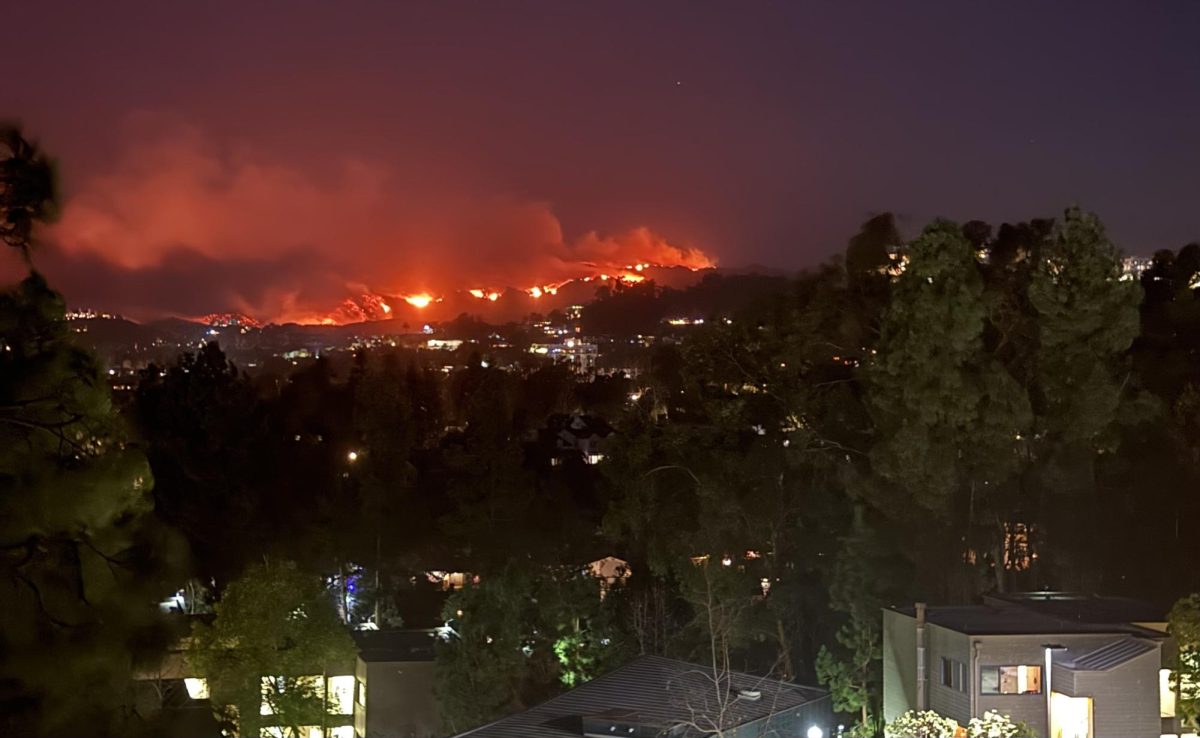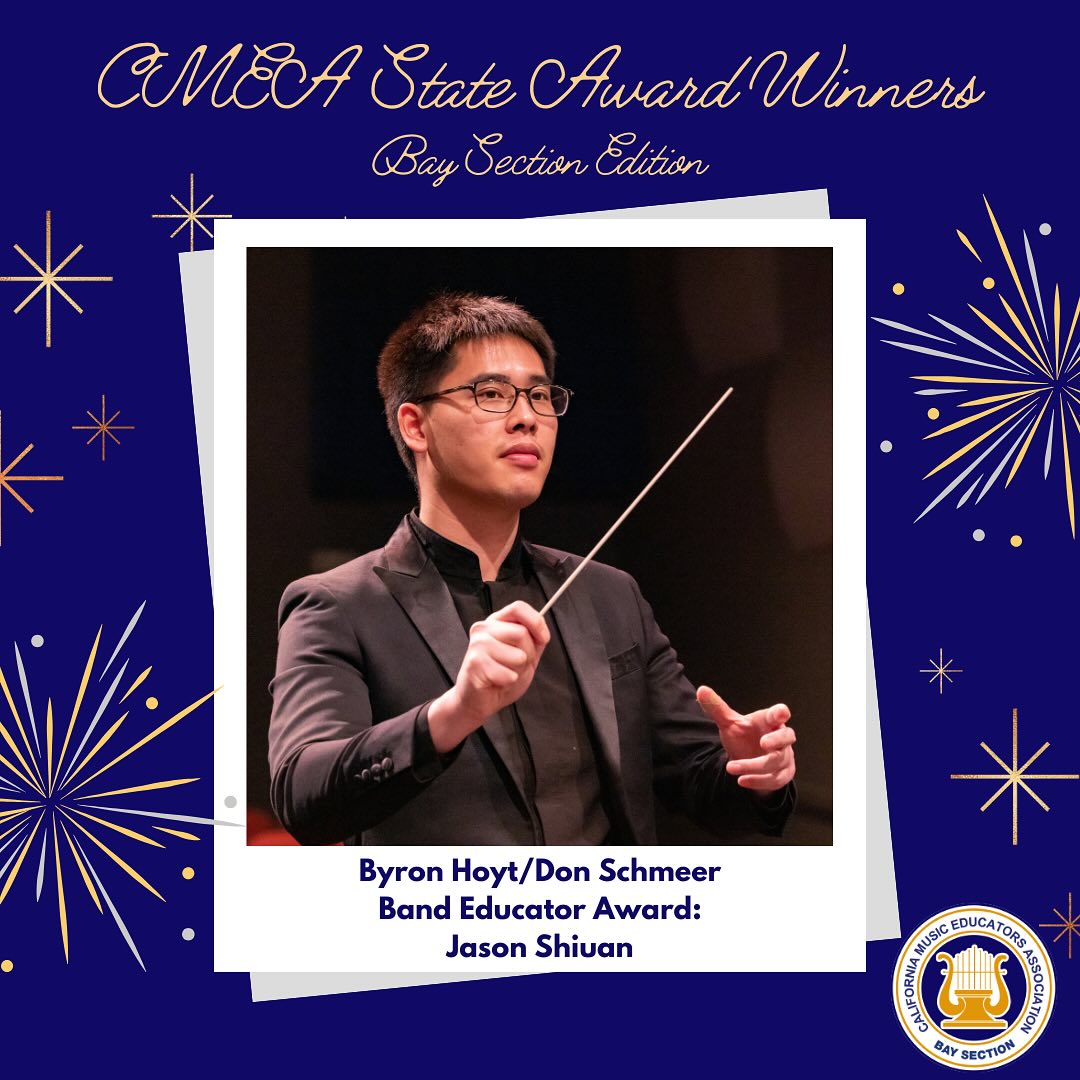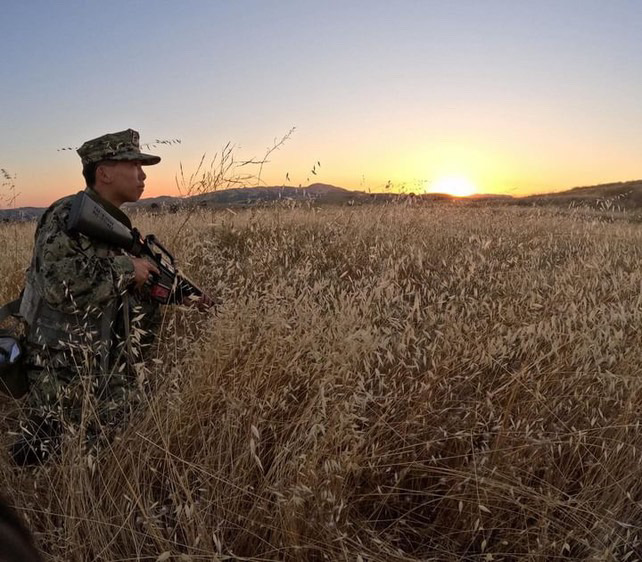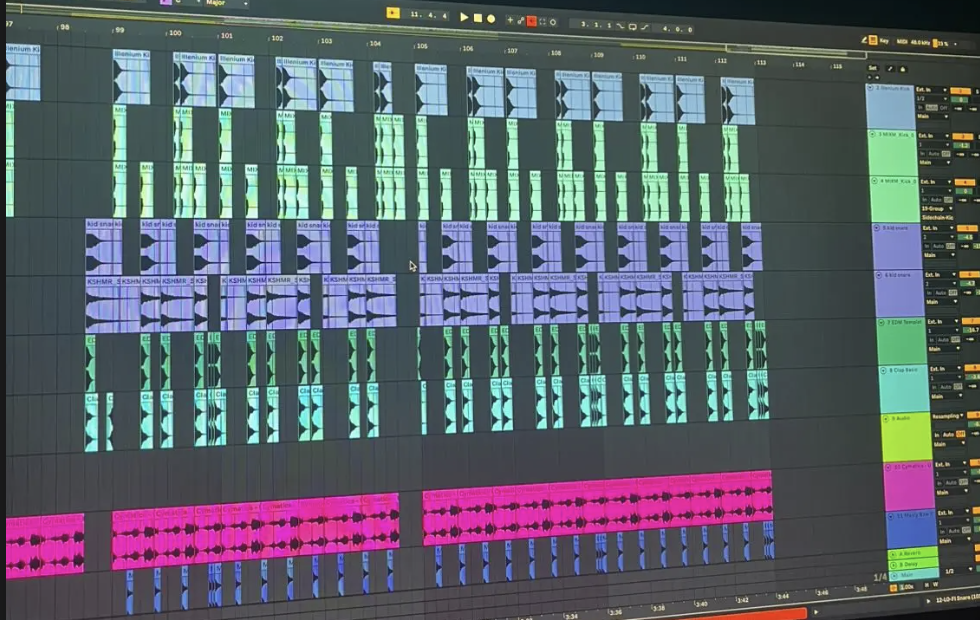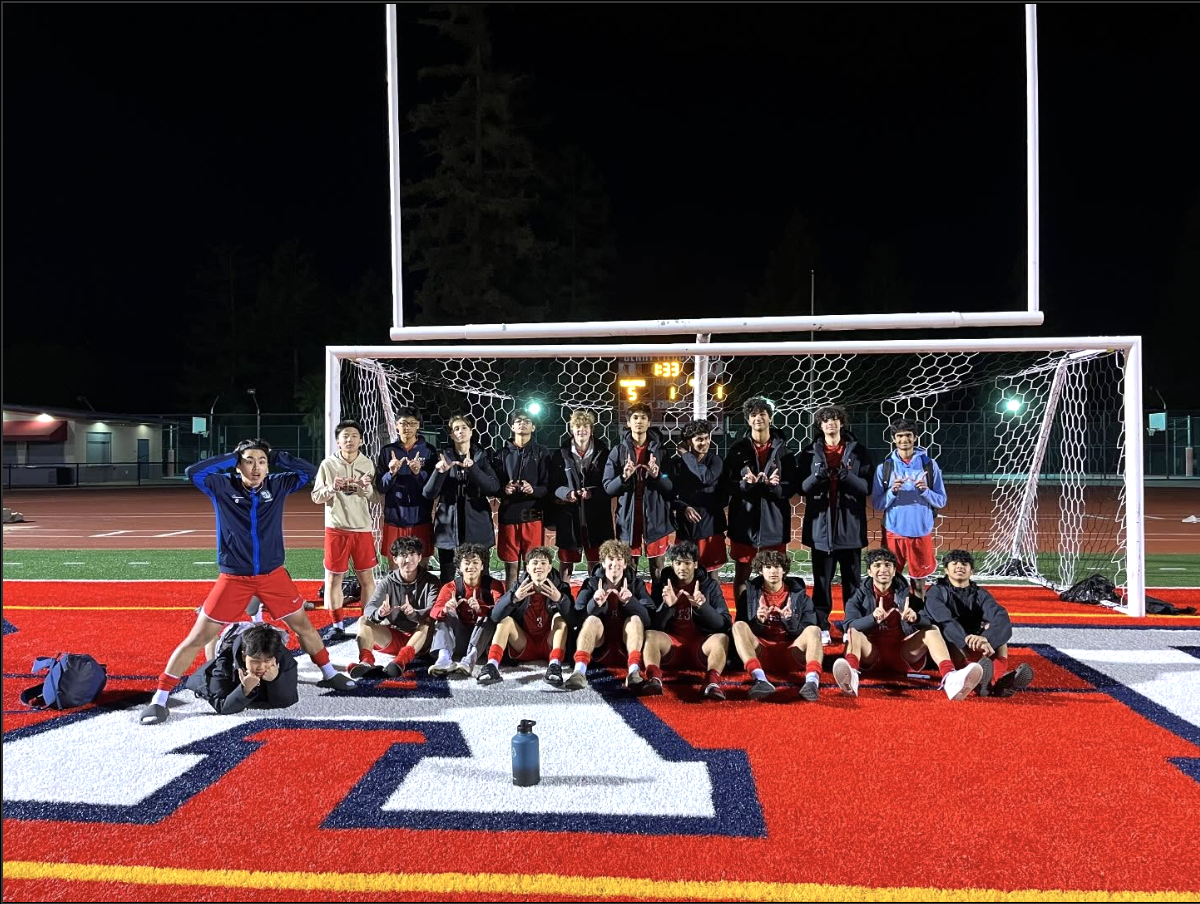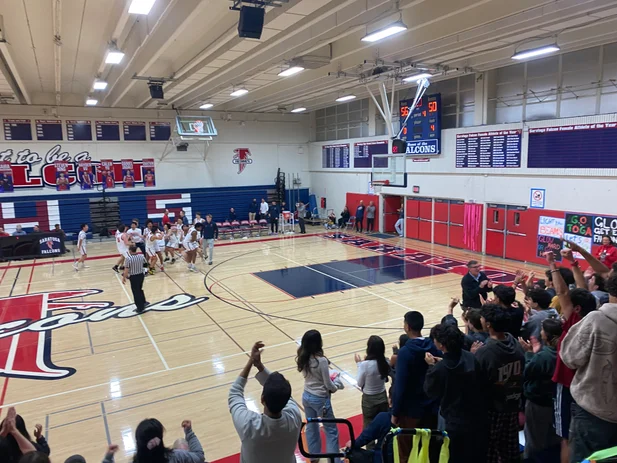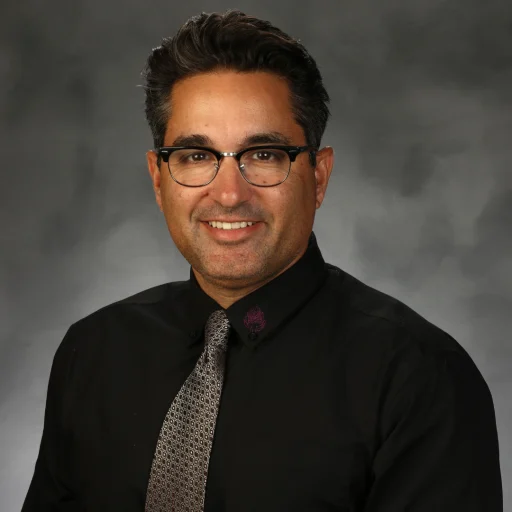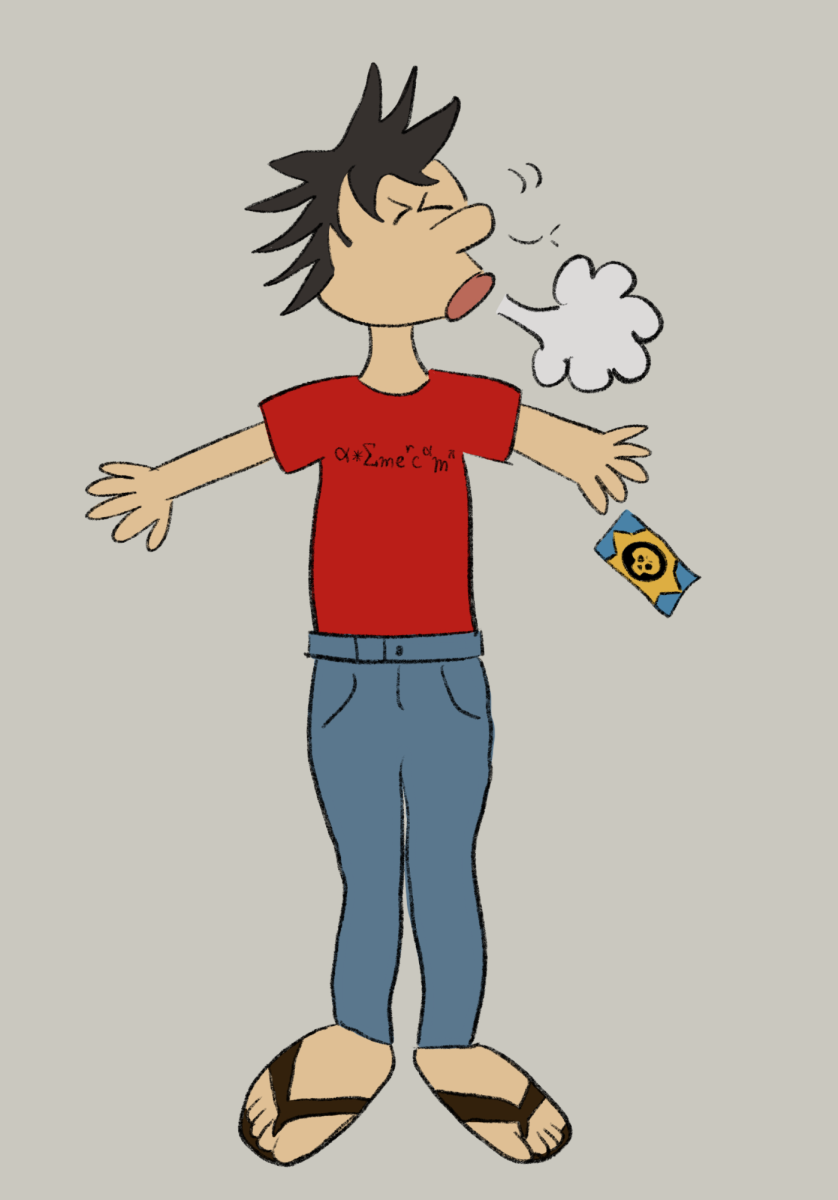While most students were spending their recent weeks cramming for AP exams, studying for SATs and preparing for CCS qualifiers, four students were halfway around the world searching for a deeper understanding of their Jewish faith.
The students, seniors Gabe Essner, Nicole Sabes and Rachel Sabes and junior Hana Pruzansky joined 10,000 Jewish students across the globe in a life-changing two-week experience called March of the Living. They ventured to Poland and Israel on April 28 to witness the remnants of the Holocaust, and they came back with a stronger sense of identity.
In addition to their absence from school, the Sabes twins made a significant sacrifice by going to March of the Living. Attending the event meant the twins could not compete with the track and field team in league finals, thus leaving them unable to advanced to CCS individually: Rachel in the 400m and Nicole in the 800m. The 4x400m relay team, however, qualified for CCS finals with alternates, and the sisters regained their places on the relay upon return.
March of the Living honors Yom Hashoah, or Holocaust Remembrance Day, with a three-kilometer march from Auschwitz to Birkenau, both Nazi-built concentration camps of World War II. The program was created to allow students the opportunity to walk the same path that countless others had been forced to take on the way to their deaths.
The march was not the only highlight of the trip, however. These students met with camp survivors and visited memorial sites; concentration camps; celebrated Yom Ha’atzmaut, Israel’s 60th Independence Day and more.
The students spent their first days in Poland, a country that had been left in shambles as a result of the Nazi takeover. Isaac Goldstein, an 83-year-old Holocaust survivor, accompanied the students and their small group, known as “the West,” on their journey through his hometown. Sharing stories and experiences from his past, Goldstein made the students’ trip memorable.
“[Goldstein] was one of the nicest guys I’d ever met,” said Rachel. “His stories made the Holocaust seem all the more realistic.”
After visiting four of six concentration camps, the students felt emotionally drained. They then rejoined 10,000 others and members of the Israeli Army to silently walk the solemn March of the Living.
On their second to last day, the students witnessed the site of seven tons of human ashes. Pruzansky, shocked by the memorial site, said that the spectacle was intense for all of them.
Despite the rather somber experience in Poland, their trip brightened up once the students flew to Israel. The overwhelming excitement provided encouragement for Pruzansky, a first-time participant.
“We met Jews from all over the world, like from Argentina and France,” said Pruzansky. “It made me feel really proud to be Jewish.”
They had spent their first days on the beach and swimming in the Dead Sea. One of the more memorable experiences, according to Nicole, was the hike up the summit of Masada, a site atop a large rock plateau of ancient palaces.
On their second to last day, the students made a final march in honor of Israel’s Independence Day from Safra Square in Jerusalem to the “Kotel,” or Western Wall. In contrast to their march in Poland, this march was filled with joy and pride.
The students spent their final night in Israel at the March of the Living Mega Event Party filled with singing, dancing and praising. Nicole felt that the two-week experience taught her a lot about the importance beyond material things, even though it was her and her sister’s second time participating. She feels that the experience has something different to offer every year.
The educational program strives to teach students to learn from the past and never allow a horrific event like the Holocaust to occur again. Serving as more of a historical field trip, the students said that this program, with its first-hand experiences of living history, had struck them harder than any classroom textbook ever could.

